Focus on Ergonomics and Health Benefits
The growing awareness of ergonomics and health benefits associated with seating solutions is influencing the Automotive Pneumatic Seat System Market. As consumers become more health-conscious, the demand for seats that promote better posture and reduce fatigue is increasing. Pneumatic seat systems, which can be adjusted to fit individual body shapes, are seen as a solution to these concerns. Research indicates that ergonomic seating can lead to improved driver alertness and reduced discomfort during long journeys. Consequently, automotive manufacturers are increasingly incorporating these systems into their designs, recognizing the potential for enhanced customer satisfaction and loyalty. This focus on health and ergonomics is likely to drive market growth as consumers prioritize well-being in their vehicle choices.
Rising Consumer Expectations for Comfort
Consumer expectations regarding comfort in vehicles are evolving, driving the Automotive Pneumatic Seat System Market. As individuals spend more time in their vehicles, the demand for enhanced seating comfort has surged. Pneumatic seat systems, known for their adjustable firmness and support, cater to these expectations. Market data suggests that consumers are increasingly willing to invest in vehicles equipped with advanced seating technologies that provide personalized comfort. This trend is particularly pronounced in premium and luxury segments, where comfort is a key selling point. Manufacturers are responding by integrating pneumatic systems that offer customizable settings, thereby enhancing the overall driving experience and potentially boosting sales in the automotive sector.
Environmental Regulations and Sustainability
The Automotive Pneumatic Seat System Market is also being shaped by stringent environmental regulations and a push for sustainability. As governments implement policies aimed at reducing carbon footprints, manufacturers are compelled to adopt eco-friendly materials and production processes. Pneumatic seat systems, which can utilize recyclable materials, align with these sustainability initiatives. Furthermore, the shift towards electric vehicles, which often feature advanced seating technologies, is expected to bolster the demand for pneumatic systems. Market analysts predict that the increasing emphasis on sustainability will not only influence product design but also enhance brand reputation, thereby attracting environmentally conscious consumers. This trend may lead to a significant transformation in the automotive seating landscape.
Growth of the Automotive Industry in Emerging Markets
The expansion of the automotive industry in emerging markets is a crucial driver for the Automotive Pneumatic Seat System Market. As economies develop, there is a rising demand for vehicles, particularly in regions with growing middle-class populations. This demographic shift is leading to increased vehicle ownership and, consequently, a higher demand for advanced seating solutions. Manufacturers are recognizing the potential in these markets and are adapting their offerings to meet local preferences. Market data indicates that the automotive sector in these regions is expected to grow at a robust pace, which will likely drive the adoption of pneumatic seat systems. This growth presents opportunities for innovation and market penetration, as companies seek to establish a foothold in these burgeoning markets.
Technological Integration in Automotive Pneumatic Seat System Market
The integration of advanced technologies into the Automotive Pneumatic Seat System Market is a pivotal driver. Innovations such as smart sensors and automated adjustments enhance user comfort and safety. For instance, the incorporation of pressure sensors allows for real-time adjustments based on the occupant's weight and posture. This technological evolution not only improves the driving experience but also aligns with the growing trend of vehicle automation. As vehicles become more sophisticated, the demand for advanced seating solutions is expected to rise, potentially increasing the market size significantly. Reports indicate that the market for automotive seating systems, including pneumatic options, is projected to reach substantial figures in the coming years, reflecting the importance of technology in shaping consumer preferences.


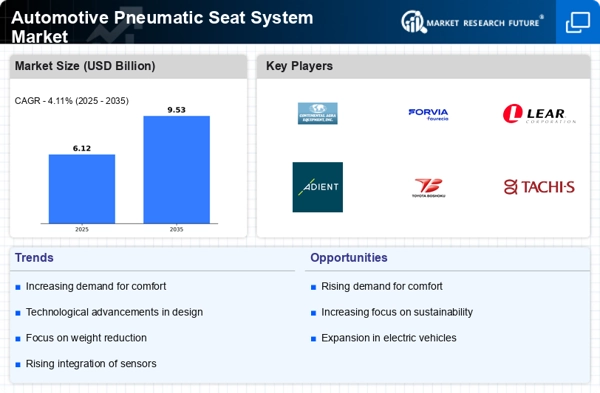

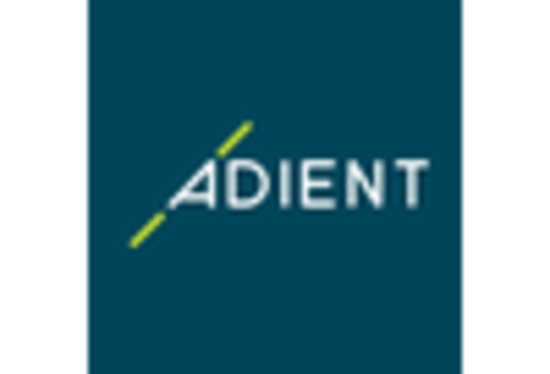


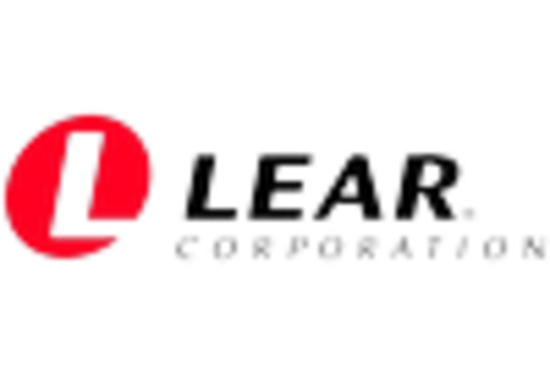
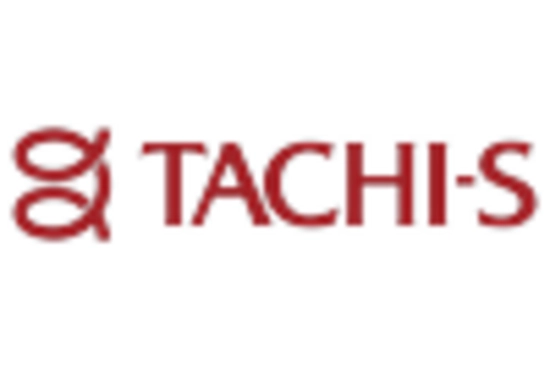
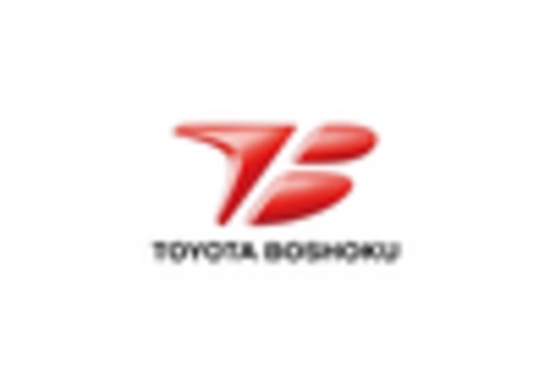








Leave a Comment